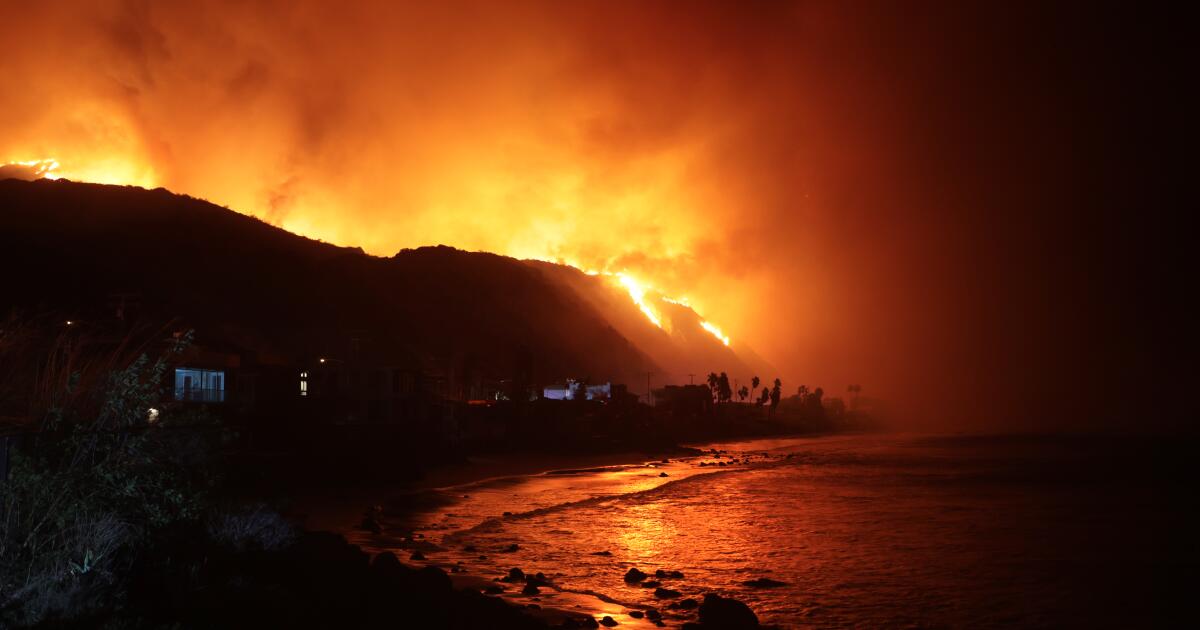A key community board rejected a bid to build a glittering $12 billion casino complex in Manhattan’s Hudson Yards — a potential death blow for the project.
Community Board 4 — which represents the Hudson Yards neighborhood — voted unanimously Monday night against approving a zoning change to allow the project by Related Companies and Wynn to proceed.
Under the city’s Uniformed Land Use Procedure, the local board has a right to weigh in on the zoning change, though the vote is advisory.
Ultimately, the City Council must sign off along with city planners in Mayor Eric Adams’ administration.
Opponents were blunt and withering in their criticism of the project, which would abut The High Line.
Joshua David, co-founder of The High Line and former member of CB4, testified that the project “reeks of greed and disregard for the community.”
“A carefully planned mixed-use neighborhood is wiped out for a garish Las Vegas-style monstrosity that has no place on Manhattan’s West Side,” said David, who has lived in Chelsea for 38 years.
“If we wanted to live in Las Vegas,” he said, “we would live in Las Vegas.”
The plan features an 80-story tower overlooking the Hudson River that would house a gaming facility and hotel.
Office buildings, apartment towers and a spacious 5.6-acre park would surround the gleaming casino skyscraper.
But Friends of The High Line, which spearheaded the opposition, claimed the towers would cast shadows over the beloved elevated park and negatively impact the area.
The Related Companies/Wynn project is one of four proposed casino bids that need to get land use changes approved by the city before even being considered by state gaming regulators.
The others include Mets billionaire owner Steve Cohen’s bid to build an $8 billion casino-entertainment complex next to Citi Field; the Thor Equities’ consortium to erect a casino in Coney Island; and Bally’s proposed casino next to its golf course in The Bronx’s Ferry Point.
In its letter to City Planning Director Dan Garodnick, CB4 said the project slashes about 4,000 planned residential units and the environmental impact statement showed “catastrophic traffic and air quality impacts on our neighborhoods…. This proposal simply isn’t a fit for this site.”
Friends of The High Line executive director Alan van Capelle applauded the board’s rejection of the casino complex that “would do permanent damage to the High Line experience.”
Related Companies defended the project and accused CB4 of being anti-development.
“The community board has a long track record of opposing projects that would bring opportunity to the West Side,” Related Companies said in a statement.
“While many of their ideas are not fiscally feasible to implement, we welcome feedback and elements that can make this project and neighborhood better. We are focused on moving forward with local elected officials, who have been committed to pursuing realistic plans that deliver the jobs, housing and community improvements New York needs today,” the company said.
Meanwhile, two existing race track slots parlors — Genting’s Resorts World New York City at Aqueduct and MGM Resorts International’s Empire City in Yonkers — are also seeking licenses to offer live table games.
Other bidders with chips on the table vying for a state casino license include: Las Vegas Sands project at the Nassau Veterans Memorial Coliseum hub in Uniondale; The SL Green/Caesar’s Entertainment/Jay-Z Roc Nation $4 billion proposal in Times Square; the Stefan Soloviev and Mohegan Sun project along the East River and the Silverstein Properties/Greenwood Gaming and Entertainment plan for a casino at West 41st Street and 11th Avenue north of the Jacob Javits Center.
This story originally appeared on NYPost















